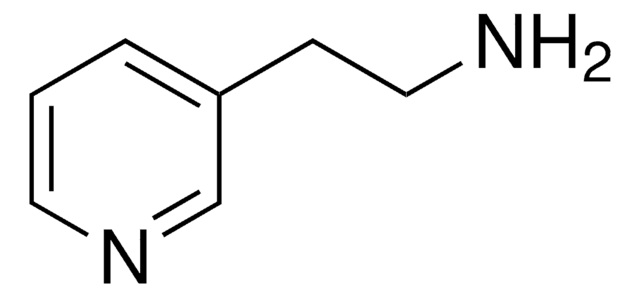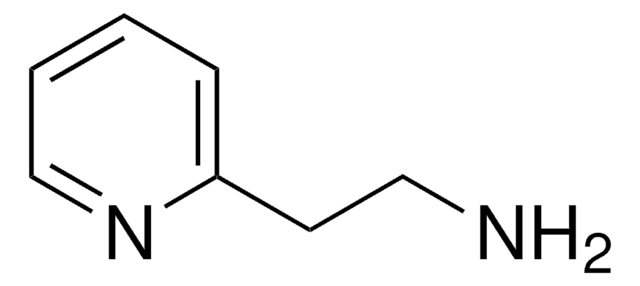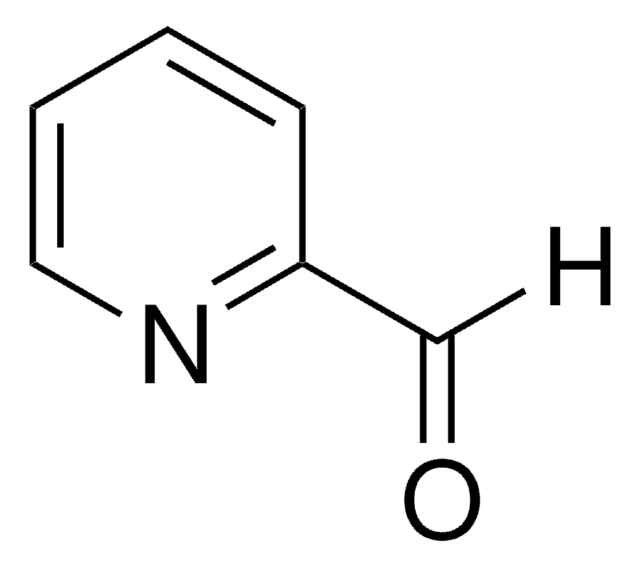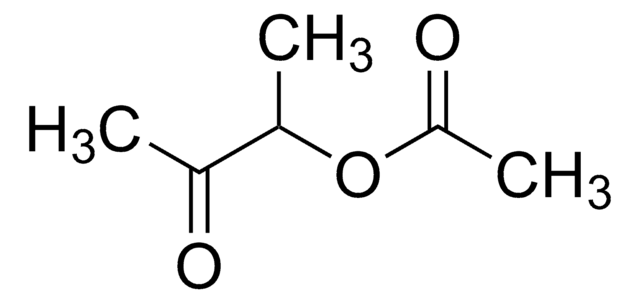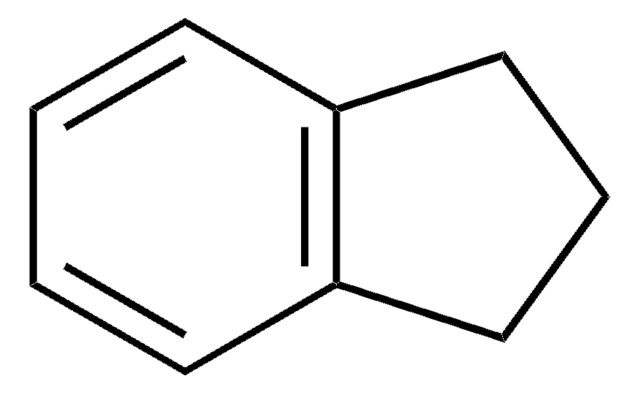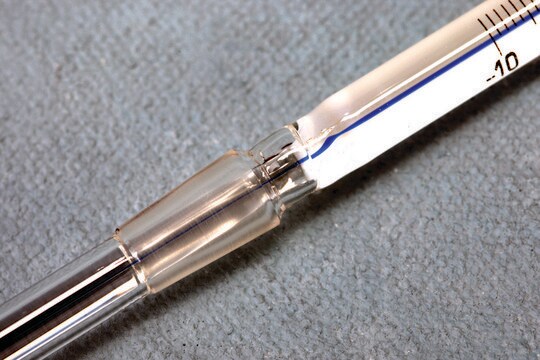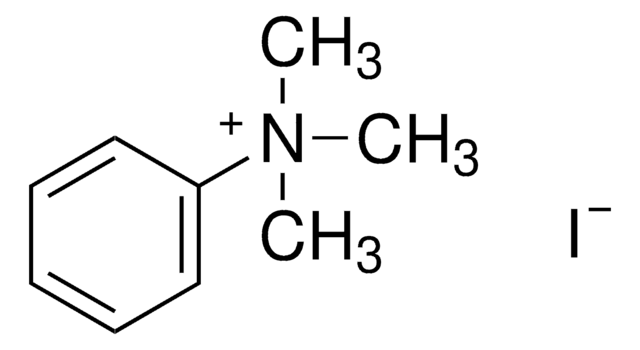17-10242
ChIPAb+ Trimethyl-Histone H3 (Lys9) - ChIP Validated Antibody and Primer Set
clone CMA308, from mouse
Synonym(s):
H3K9me3, Histone H3 (tri methyl K9), H3 histone family, member T, histone 3, H3, histone cluster 3, H3
Sign Into View Organizational & Contract Pricing
All Photos(1)
About This Item
UNSPSC Code:
12352203
eCl@ss:
32160702
NACRES:
NA.52
clone:
CMA308, monoclonal
application:
ChIP
WB
WB
species reactivity:
human, vertebrates
technique(s):
ChIP: suitable
western blot: suitable
western blot: suitable
citations:
4
Recommended Products
biological source
mouse
Quality Level
antibody form
purified immunoglobulin
clone
CMA308, monoclonal
species reactivity
human, vertebrates
manufacturer/tradename
ChIPAb+
Upstate®
technique(s)
ChIP: suitable
western blot: suitable
isotype
IgG1κ
NCBI accession no.
UniProt accession no.
shipped in
dry ice
General description
All ChIPAb+ antibodies are individually validated for chromatin precipitation, every lot, every time. Each ChIPAb+ antibody set includes control primers (tested every lot by qPCR) to biologically validate your IP results in a locus-specific context. The qPCR protocol and primer sequences are provided, allowing researchers to validate ChIP protocols when using our antibody in their chromatin context. Each set also includes a negative control antibody to ensure specificity of the ChIP reaction.
The ChIPAb+ Trimethyl-Histone H3 (Lys9) set includes the Trimethyl-Histone H3 (Lys9) antibody, a Normal mouse IgG, and control primers which amplify a 117 bp region of ChIP Primers, ZNF554. The Trimethyl-Histone H3 (Lys9) and negative controls are supplied in a scalable "per ChIP" reaction size and can be used to functionally validate the precipitation of Trimethyl-Histone H3 (Lys9) -associated chromatin.
The ChIPAb+ Trimethyl-Histone H3 (Lys9) set includes the Trimethyl-Histone H3 (Lys9) antibody, a Normal mouse IgG, and control primers which amplify a 117 bp region of ChIP Primers, ZNF554. The Trimethyl-Histone H3 (Lys9) and negative controls are supplied in a scalable "per ChIP" reaction size and can be used to functionally validate the precipitation of Trimethyl-Histone H3 (Lys9) -associated chromatin.
Histone H3 is one of the five main histone proteins involved in the structure of chromatin in eukaryotic cells. Featuring a main globular domain and a long N-terminal tail, H3 is involved with the structure of the nucleosomes of the ′beads on a string′ structure. Histone proteins are highly post-translationally modified however Histone H3 is the most extensively modified of the five histones. Histone H3 sequence variants and variable modification states are thought to play a role in the dynamic and long term regulation of genes. Trimethylation of histone H3 on Lys9 (H3K9me3) is one of the most highly studied epigenetic marks. H3K9me3 functions in the repression of euchromatic genes, and in epigenetic control of heterochromatin assembly, most likely by acting as a recognition motif for the binding of chromatin-associated proteins, such as Swi6 or HP1α. The enzymes responsible for H3K9 trimethylation are SUV39H1 and SUV39H2.
Specificity
Broad species cross-reactivity is expected, based on sequence homology.
This antibody recognizes Histone H3 trimethylated at Lys9. Some cross-reactivity with dimethyl Lys9 is detected at higher concentrations, but the difference in specificity is >27-fold1. Phosphorylation of Ser10 interferes with antibody binding to trimethyl Lys91.
Immunogen
Epitope: Trimethyl Lys9
KLH-conjugated synthetic peptide corresponding to human Histone H3 trimethylated on Lys9.
Application
Chromatin Immunoprecipitation:
Representative lot data.
Sonicated chromatin prepared from HeLa cells (1 X 10E6 cell equivalents per IP) were subjected to chromatin immunoprecipitation using 1 µL of either Normal Mouse IgG,or 1 µL of Anti-Trimethyl Histone H3 (Lys9), and the Magna ChIP® G Kit (Cat. # 17-611). Successful immunoprecipitation of trimethyl Histone H3 (Lys9) associated DNA fragments was verified by qPCR using ChIP primers specific for the human ZNF554 region as a positive locus and human GAPDH primers as a negative locus. (Figure 2). Data is presented as percent input of each IP sample relative to input chromatin for each amplicon and ChIP sample as indicated.
Please refer to the EZ-Magna ChIP G (Cat. # 17-409) or EZ-ChIP (Cat. # 17-371) protocol for experimental details.
Western Blot Analysis:
Representative lot data.
Recombinant Histone H3 (Cat. #14-494) (Lane 1) and HeLa acid extract (Lane 2) were resolved by electrophoresis, transferred to PVDF membrane and probed with Anti-trimethyl Histone H3 (Lys9), clone CMA308 (2 μg/mL). Proteins were visualized using
a goat anti-mouse secondary antibody conjugated to HRP and a chemiluminescence detection system.
Arrow indicates trimethyl Histone H3 (Lys9) (~17 kDa). (Figure 3).
Representative lot data.
Sonicated chromatin prepared from HeLa cells (1 X 10E6 cell equivalents per IP) were subjected to chromatin immunoprecipitation using 1 µL of either Normal Mouse IgG,or 1 µL of Anti-Trimethyl Histone H3 (Lys9), and the Magna ChIP® G Kit (Cat. # 17-611). Successful immunoprecipitation of trimethyl Histone H3 (Lys9) associated DNA fragments was verified by qPCR using ChIP primers specific for the human ZNF554 region as a positive locus and human GAPDH primers as a negative locus. (Figure 2). Data is presented as percent input of each IP sample relative to input chromatin for each amplicon and ChIP sample as indicated.
Please refer to the EZ-Magna ChIP G (Cat. # 17-409) or EZ-ChIP (Cat. # 17-371) protocol for experimental details.
Western Blot Analysis:
Representative lot data.
Recombinant Histone H3 (Cat. #14-494) (Lane 1) and HeLa acid extract (Lane 2) were resolved by electrophoresis, transferred to PVDF membrane and probed with Anti-trimethyl Histone H3 (Lys9), clone CMA308 (2 μg/mL). Proteins were visualized using
a goat anti-mouse secondary antibody conjugated to HRP and a chemiluminescence detection system.
Arrow indicates trimethyl Histone H3 (Lys9) (~17 kDa). (Figure 3).
Research Category
Epigenetics & Nuclear Function
Epigenetics & Nuclear Function
Research Sub Category
Histones
Histones
This ChIPAb+ Trimethyl-Histone H3 (Lys9) -ChIP Validated Antibody & Primer Set conveniently includes the antibody & the specific control PCR primers.
Packaging
25 assays per set. Recommended use: ~1 μL of antibody per chromatin immunoprecipitation (dependent upon biological context).
Quality
Chromatin Immunoprecipitation:
Representative lot data.
Sonicated chromatin prepared from HeLa cells (1 X 10E6 cell equivalents per IP) were subjected to chromatin immunoprecipitation using 1 µL of either Normal Mouse IgG, or 1 µL of Anti-Trimethyl Histone H3(Lys9), and the Magna ChIP® G Kit (Cat. # 17-611). Successful immunoprecipitation of trimethyl Histone H3 (Lys9) associated DNA fragments was verified by qPCR using ChIP primers specific for the human ZNF554 region as a positive locus(Figure 1). Please refer to the EZ-Magna ChIP G (Cat. # 17-409) or EZ-ChIP (Cat. # 17-371) protocol for experimental details.
Representative lot data.
Sonicated chromatin prepared from HeLa cells (1 X 10E6 cell equivalents per IP) were subjected to chromatin immunoprecipitation using 1 µL of either Normal Mouse IgG, or 1 µL of Anti-Trimethyl Histone H3(Lys9), and the Magna ChIP® G Kit (Cat. # 17-611). Successful immunoprecipitation of trimethyl Histone H3 (Lys9) associated DNA fragments was verified by qPCR using ChIP primers specific for the human ZNF554 region as a positive locus(Figure 1). Please refer to the EZ-Magna ChIP G (Cat. # 17-409) or EZ-ChIP (Cat. # 17-371) protocol for experimental details.
Target description
~17 kDa
Physical form
Anti-Trimethyl-Histone H3 (Lys9) (mouse monoclonal). One vial containing 25 µL of purified mouse monoclonal IgG1 in PBS with 0.05% sodium azide before the addition of glycerol to 30%. Store at -20°C.
Normal Mouse IgG. One vial containing 25 µg of purified IgG in 25 µL of storage buffer containing 0.1% sodium azide. Store at -20°C.
Control Primers, ZNF554. One vial containing 75 μL of 5 μM of each primer specific for the 3’ end of human ZNF554. Store at -20°C.
FOR: CGG GGA AAA GCC CTA TAA AT
REV: TCC ACA TTC ACT GCA TTC GT
Normal Mouse IgG. One vial containing 25 µg of purified IgG in 25 µL of storage buffer containing 0.1% sodium azide. Store at -20°C.
Control Primers, ZNF554. One vial containing 75 μL of 5 μM of each primer specific for the 3’ end of human ZNF554. Store at -20°C.
FOR: CGG GGA AAA GCC CTA TAA AT
REV: TCC ACA TTC ACT GCA TTC GT
Format: Purified
Protein G Purified
Storage and Stability
Stable for 1 year at 2-8°C from date of receipt. For maximum recovery of product, centrifuge the vial prior to removing the cap. Avoid repeated freeze/thaw cycles, which may damage IgG and affect product performance.
Analysis Note
Control
Includes normal mouse IgG and primers specific for human ZNF554.
Includes normal mouse IgG and primers specific for human ZNF554.
Legal Information
MAGNA CHIP is a registered trademark of Merck KGaA, Darmstadt, Germany
UPSTATE is a registered trademark of Merck KGaA, Darmstadt, Germany
Disclaimer
Unless otherwise stated in our catalog or other company documentation accompanying the product(s), our products are intended for research use only and are not to be used for any other purpose, which includes but is not limited to, unauthorized commercial uses, in vitro diagnostic uses, ex vivo or in vivo therapeutic uses or any type of consumption or application to humans or animals.
Storage Class Code
10 - Combustible liquids
Certificates of Analysis (COA)
Search for Certificates of Analysis (COA) by entering the products Lot/Batch Number. Lot and Batch Numbers can be found on a product’s label following the words ‘Lot’ or ‘Batch’.
Already Own This Product?
Find documentation for the products that you have recently purchased in the Document Library.
Tianbao Li et al.
Nature communications, 13(1), 3145-3145 (2022-06-08)
Knowledge gaps remain on how nucleosome organization and dynamic reorganization are governed by specific pioneer factors in a genome-wide manner. In this study, we generate over three billons of multi-omics sequencing data to exploit dynamic nucleosome landscape governed by pioneer
Wei Wang et al.
Oncotarget, 7(13), 16745-16759 (2016-03-05)
The epithelial-mesenchymal transition (EMT) process is believed to play a crucial role in nasopharyngeal carcinoma (NPC) progression, a squamous cell carcinoma of the head and neck with the tendency to metastasize early. At present, much attention has been given to
Jia Z Shen et al.
Cell, 184(2), 352-369 (2020-12-29)
Repetitive elements (REs) compose ∼50% of the human genome and are normally transcriptionally silenced, although the mechanism has remained elusive. Through an RNAi screen, we identified FBXO44 as an essential repressor of REs in cancer cells. FBXO44 bound H3K9me3-modified nucleosomes
Our team of scientists has experience in all areas of research including Life Science, Material Science, Chemical Synthesis, Chromatography, Analytical and many others.
Contact Technical Service